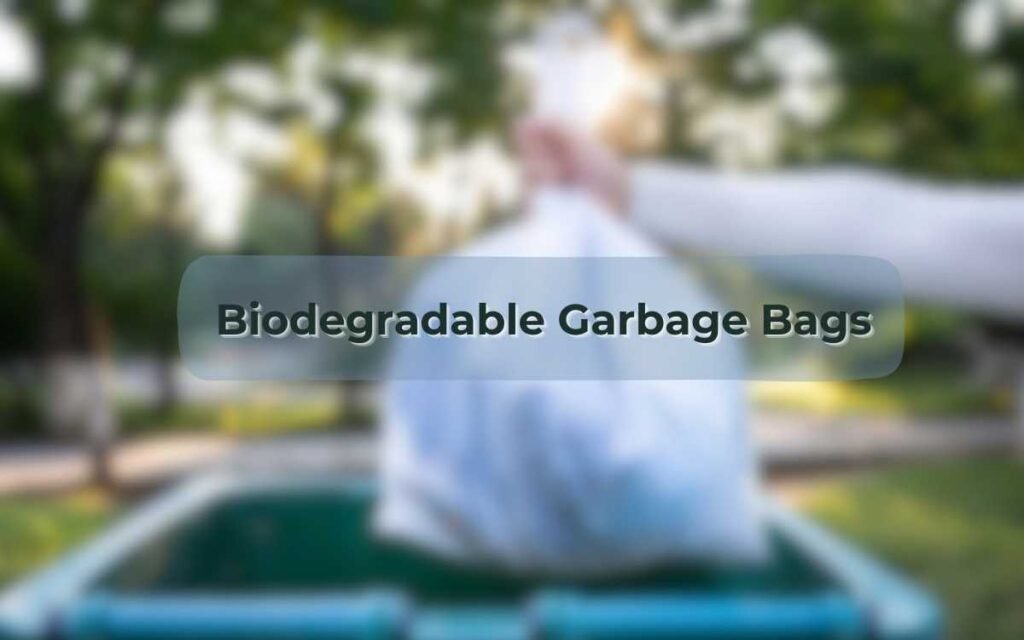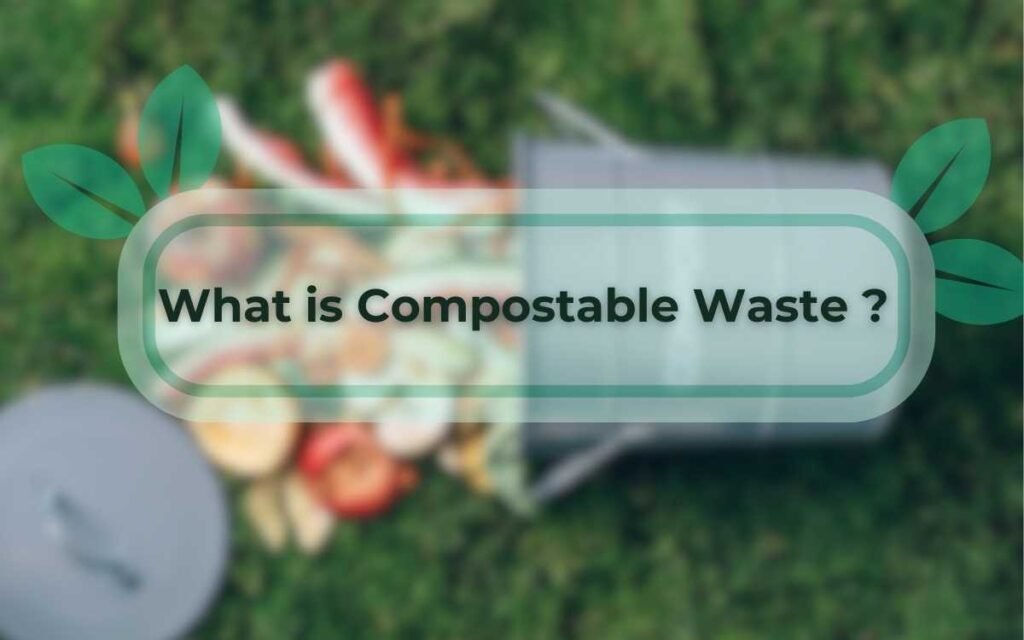
- Introduction
- What is the Meaning of Compostable Waste?
- Types of Materials that Qualify as Compostable Waste
- Benefits of Composting Compostable Waste
- Process of Composting Compostable Waste
- Compostable vs. Biodegradable: Understanding the Difference
- Challenges in Composting Compostable Waste
- Regulations and Standards for Compostable Waste
- More Tips for Composting at Home
- Statistical Data on Waste Management
- Bottom Line
Introduction
Ever wondered what to do with your kitchen scraps or yard clippings? The answer lies in composting! Understanding “what is compostable waste” is the first step toward making a positive impact on our environment. Composting turns organic waste into nutrient-rich compost. It reduces landfill waste and promotes sustainable living.
Let’s dive into the world of compostable waste and discover its benefits!
What is the Meaning of Compostable Waste?
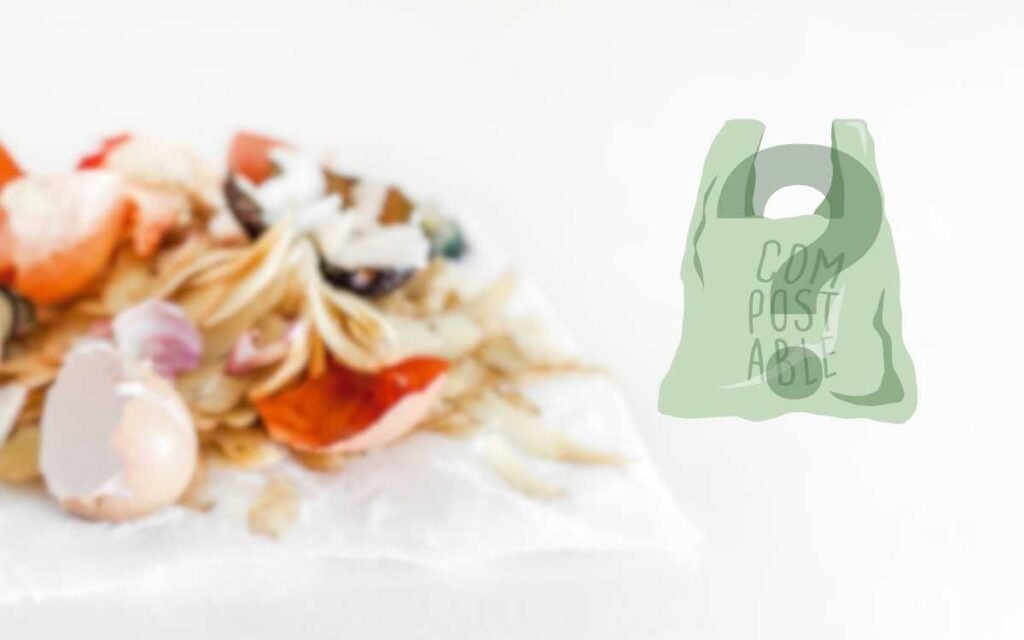
Compostable waste is organic. It can break down into natural elements in a compost setting, like a compost pile or bin. These materials decompose naturally. Microorganisms break them down, turning waste into humus – a dark, nutrient-rich substance. Regular trash is unlike compostable waste. Compostable waste turns into valuable compost. It enriches the soil, and improves its fertility and structure.
Key examples include fruit and vegetable scraps, coffee grounds, and eggshells. Also, yard trimmings and some types of paper and cardboard. These items break down easily and add essential nutrients to the compost.
Types of Materials that Qualify as Compostable Waste
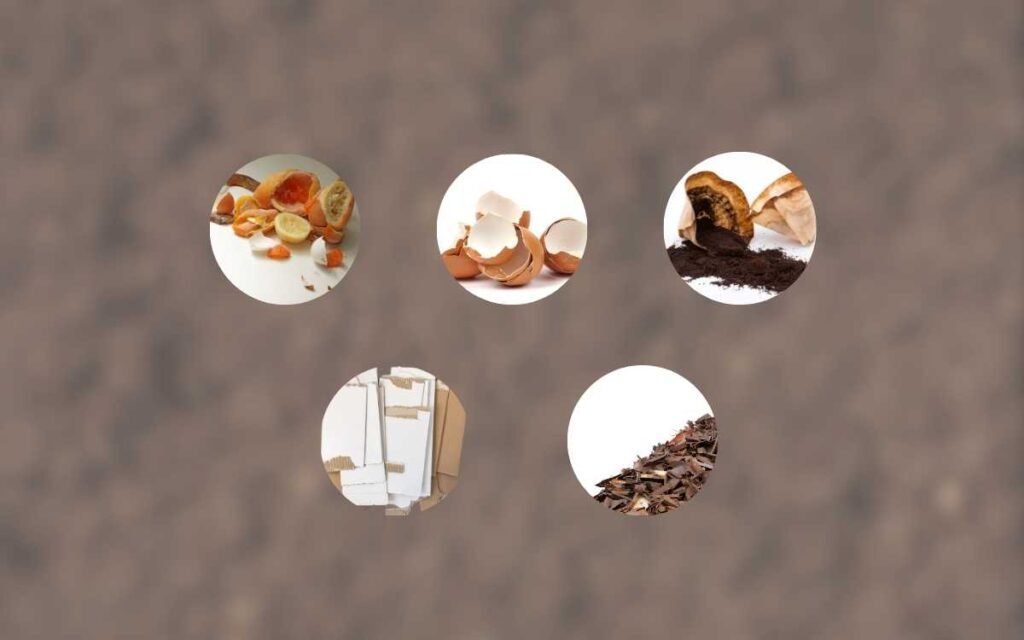
Not everything is compostable, but many common items are. Here are some materials that qualify:
- Fruit and vegetable scraps: Fruit and vegetable scraps like apple cores and banana peels, break down easily. They enrich the compost with vital nutrients.
- Coffee grounds and filters: These add nitrogen to the compost and decompose quickly.
- Eggshells: They provide calcium, which helps improve compost structure and soil health.
- Yard waste: It includes grass clippings, leaves, and small branches. They add both carbon and nitrogen.
- Cardboard and paper: They add carbon to the compost. Use shredded newspaper, cardboard without glossy coatings, and paper towels.
Benefits of Composting Compostable Waste
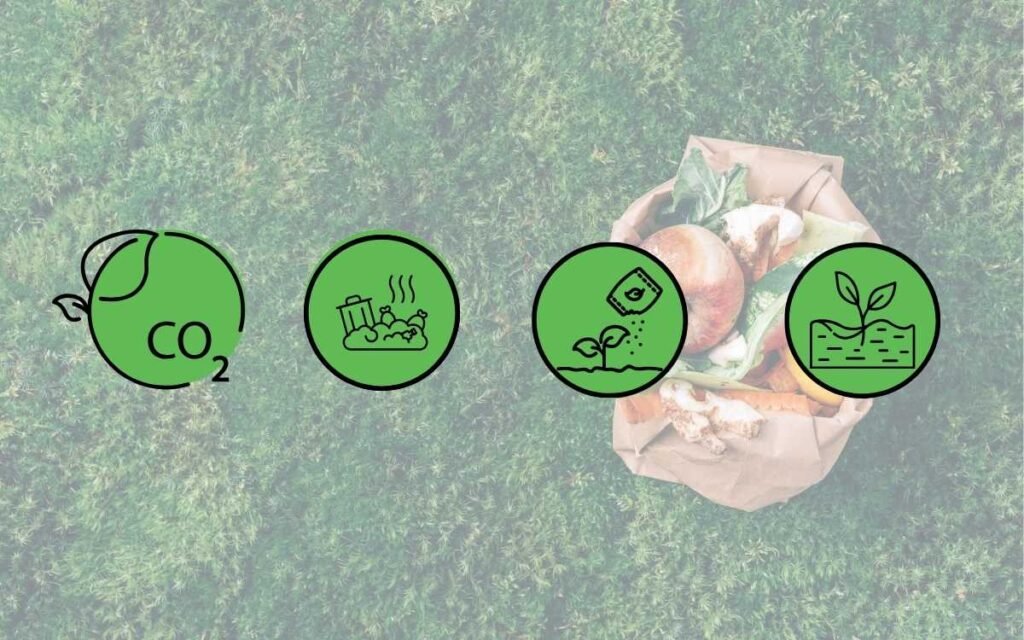
Composting offers several benefits:
- Composting reduces landfill waste. It keeps organic materials out of landfills. This reduces the waste that adds to methane emissions. According to the EPA, landfills are the third-largest source of human-related methane emissions in the U.S.
- Improves soil health. It enriches the soil with vital nutrients. It also improves its structure and moisture retention. Healthy soil leads to healthier plants and more productive gardens.
- Reduces Need for Chemical Fertilizers: Compost provides a natural alternative to synthetic fertilizers. It reduces the need for chemicals that can harm the environment.
- Decreases Greenhouse Gas Emissions: Composting decreases greenhouse gas emissions. It’s an aerobic process that produces much less greenhouse gas than the anaerobic decay of organic waste in landfills. This helps mitigate climate change.
Process of Composting Compostable Waste
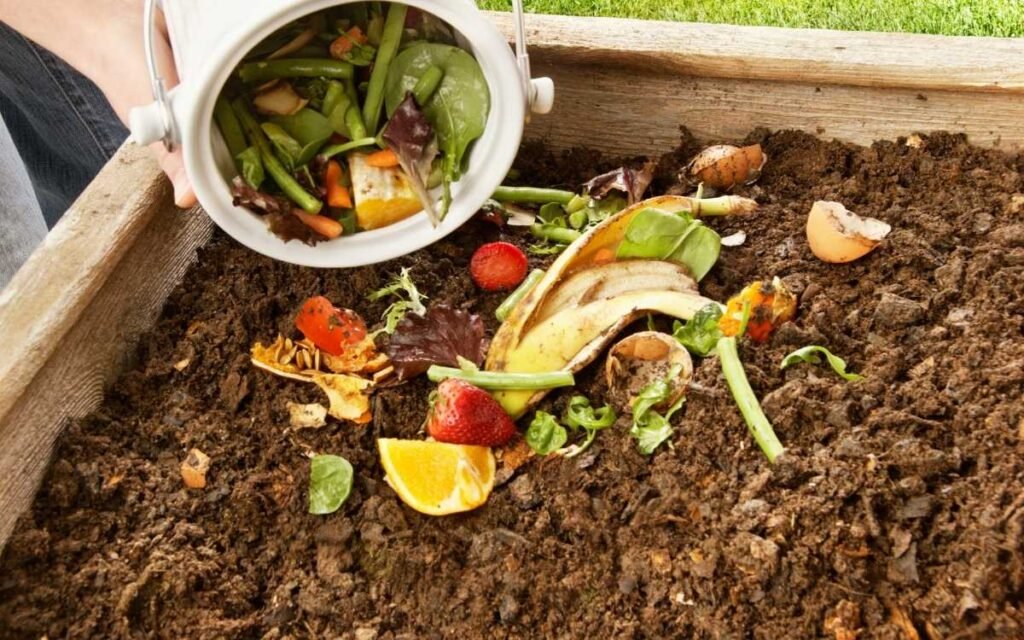
The composting process involves several steps:
- Collection: Gather compostable materials. These include kitchen scraps, yard waste, and other organic matter.
- Preparation: Shred or chop larger items to speed up decomposition. Smaller pieces break down faster, making the composting process more efficient.
- Mixing: Mix green (nitrogen-rich) materials like vegetable scraps and coffee grounds. Mix them with brown (carbon-rich) materials like leaves and cardboard. Aim for a balanced mix to optimize decomposition.
- Aeration: Turn the compost regularly to provide oxygen, which is crucial for aerobic decomposition. This helps speed up the process and prevents odors.
- Monitoring: Keep an eye on moisture levels and temperature. The compost should be as damp as a wrung-out sponge. If it’s too dry, add water; if it’s too wet, add more brown materials.
- Harvesting: After several months, the compost will be dark, crumbly, and ready to use. This nutrient-rich compost can be added to your garden to improve soil health.
Compostable vs. Biodegradable: Understanding the Difference
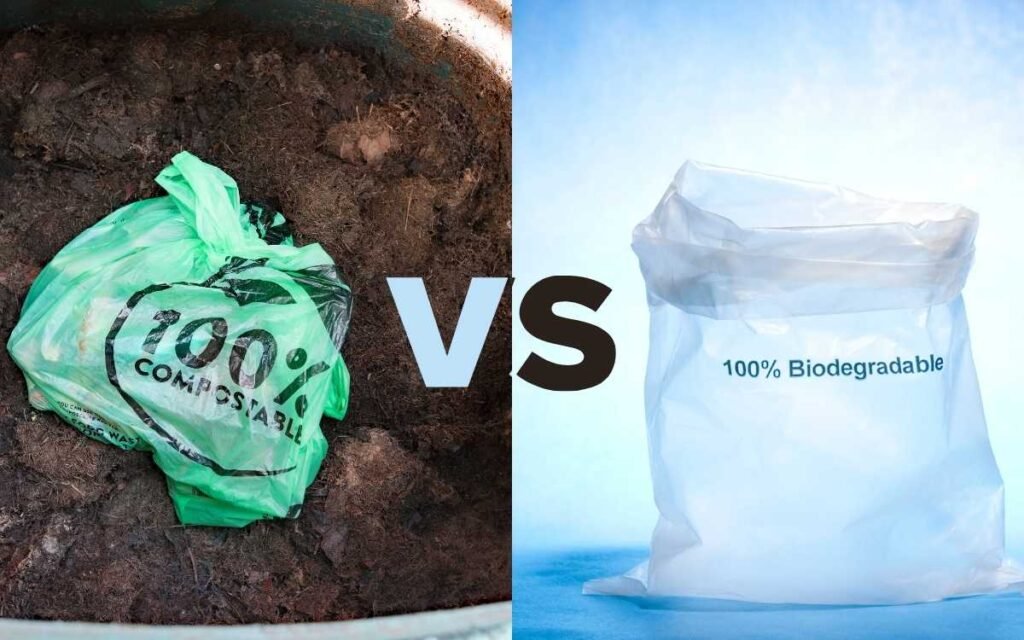
Understanding the difference is key. Compostable and biodegradable materials are crucial for waste management.
- Compostable: Compostable materials break down into nutrient-rich compost in a controlled composting environment. Microorganisms decompose them naturally. They turn into humus, which enriches the soil. Compostable materials, like food scraps and yard waste, are meant to help soil. They support nutrient cycling. They need specific conditions to decompose. These include temperature and aeration, found in composting systems.
- Biodegradable materials also break down over time. But, they don’t always make compost or help soil. They degrade through various processes. These may involve microorganisms, sunlight, or other factors. But, biodegradable materials can leave residues. They need specific conditions to fully break down. For example, some biodegradable plastics might not fully decompose in a compost pile. They could still cause issues if not processed correctly.
Challenges in Composting Compostable Waste

Composting offers many benefits, but it’s not without its challenges:
- Odor Control: If not managed properly, compost piles can produce unpleasant odors. This often happens when there is an imbalance between green and brown materials or if the compost becomes too wet. Regular turning and proper aeration can help minimize odors.
- Pests: Compost piles can attract pests like rodents, flies, or insects if they are not maintained correctly. To prevent this, ensure that meat, dairy, and oily foods are avoided, and keep the compost pile covered or enclosed to deter pests.
- Space: Some people may find it challenging to allocate enough space for a compost bin or pile. This can be a significant barrier for urban dwellers or those with small yards. Solutions include using compact compost bins or vermicomposting (using worms to compost).
- Climate: Extreme weather conditions, such as heavy rain or prolonged heat, can impact the composting process. Excessive moisture can lead to anaerobic conditions, while high temperatures can dry out the compost. Adjusting the compost mixture and ensuring proper covering can help manage these issues.
Regulations and Standards for Compostable Waste

Rules for compostable waste vary by region. They ensure that materials labeled as compostable meet specific criteria. These are for effective decomposition.
- United States: The ASTM sets standards for compostable materials in the United States. Products must meet ASTM D6400 or D6868 standards. The standards ensure they break down in a specific time in industrial composting facilities. These standards help ensure that compostable products will fully and safely decompose. They will not leave harmful residues.
- European Union: The EU follows the EN 13432 standard, which sets similar criteria for compostability. Materials must disintegrate after 12 weeks and fully biodegrade within six months. They also undergo tests for heavy metals and other toxic substances to ensure environmental safety.
- Other Regions: Canada and Australia have their own standards for compostable materials. They often align closely with ASTM and EU standards.
More Tips for Composting at Home

Here are some practical tips for effective home composting:
- Balance Green and Brown Materials: Aim for a ratio of about 2:1 green (nitrogen-rich) to brown (carbon-rich) materials. Green materials include kitchen scraps and fresh yard waste. Brown materials include dried leaves, straw, and cardboard.
- Chop Large Items: Cut or shred larger items like branches, cardboard, and vegetable scraps into smaller pieces. This increases the surface area for microorganisms to work on, speeding up the decomposition process.
- Keep It Moist: Ensure your compost is as damp as a wrung-out sponge. If it’s too dry, add water; if it’s too wet, add more brown materials to absorb excess moisture.
- Turn Regularly: Aerate the pile by turning it with a pitchfork or compost turner every few weeks. This maintains airflow. It prevents odors and speeds up decomposition by giving oxygen to microorganisms.
- Avoid Problem Items: Refrain from adding meat, dairy, oily foods, and pet waste, as these can attract pests and create odors.
- Cover the Pile: Use a tarp or compost cover to protect your compost from extreme weather conditions and to retain moisture.
- Monitor Temperature: A healthy compost pile should feel warm. If it cools down, it may need more green materials or turning to reactivate decomposition.
Statistical Data on Waste Management

The EPA says the US composted about 35.3 million tons of MSW in 2018. This was about 24% of the total MSW that year. Here are some key statistics on waste management and composting:
- Total MSW Generated: In 2018, the U.S. generated about 292.4 million tons of MSW [EPA Source]
- Landfill Reduction: By composting 35.3 million tons of organic waste, the U.S. significantly reduced the amount of waste sent to landfills. This practice helps conserve landfill space and minimizes environmental impact.
- Greenhouse Gas Emission: Composting organic waste prevents it from rotting. Landfills lack air. This rotting produces methane—a greenhouse gas 28-36 times more potent than CO₂ over 100 years. Composting reduces methane emissions. This helps fight climate change [EPA Source]
Bottom Line
Understanding what is compostable waste, and how to manage it effectively is a crucial step toward a more sustainable lifestyle. Composting not only helps reduce waste but also enriches the soil and supports healthy ecosystems. By following the right practices, and staying informed about rules, you can help the environment.




